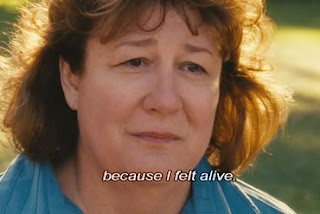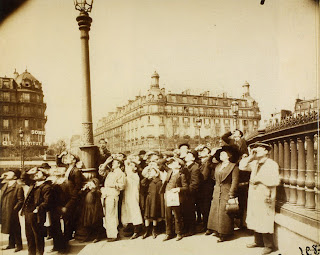This was a modern dance performed in a very intimate setting. The dance was performed in a series of short dances throughout a sculpture museum. The audience was invited to move around the museum to follow the various dances. This dance was choreographed by Claude Brumachon and performed at Musée Bourdelle.
The majority of the dances took place as a duo interacting and feeding off of each other, however there were few solo dances and few group dances. The dances exerted a primal feeling through their very rough and exaggerated motions. There was a tension in their movement- whenever they had settled in one position they would jerk their bodies into motion. The costuming added to this primal nature. The men and woman wore small amounts of white cloth on their bodies.
The emotions exerted by these dancers was effective in drawing in the audience. The uneasiness we were meant to felt made it difficult to look away from the pain of the faces of the dancers. Their expressive motions as well as their startled looks added to the eeriness of the performance. I felt the performance was an exaggeration of a tumultuous relationship between the two people. The dancers seemed to need to touch of each other, but at the same time were uncomfortable and unable to accept the intimacy. It as was if they were acted out the frustrations they were unable to speak. The stories that were created with each pair of dancers were also enticing. I enjoyed analyzing the dynamic between each different duo.
This dance omitted music, which I believe added to quality of it. Without the music, the audience could hear the heaving breathing and movement of the dancers, which added to the emotional intensity. We could feel the energy being exerted by the dancers. I also enjoyed being able to move throughout the gallery to see the dances. At each new location, I saw the dancers from a unique angle and perspective. The setting also allowed for the audience to get closer to the dancers, which was important to feel the emotion of the dance. Given the energy being exerted, I was impressed with the technical quality and endurance of the dancers. The costumes accentuated their physical strength.
Much like Rite of Spring, this dance had a primitive, animalistic quality. In Rite of Spring, Igor Stravinsky is drawing from the traditional folk dances of Russia. The tension in Stravinsky’s dance is between the people and nature. Ecorchés Vifs deals with more interpersonal tension, but it’s carnal qualities cannot be denied.

